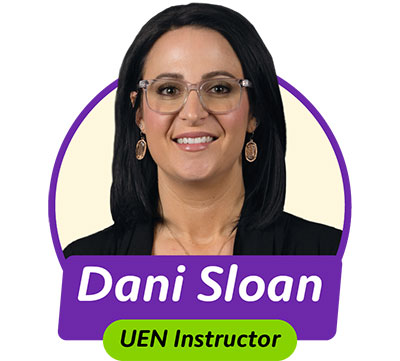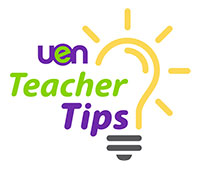UEN Teacher Tips
Utah’s Portrait of a Graduate recognizes that students need skills in digital literacy; part of being digitally literate is being able to evaluate the credibility and purpose of the enormous amount of information and media they consume, from academic research to social media posts.
We often hear the term "fake news" used dismissively, but political writer Tim Dickinson encourages us to use more precise language to describe the information we encounter accurately.
Here's a quick breakdown to help you guide your students:
Misinformation: False information spread unintentionally. Think of a student sharing an inaccurate historical fact they heard from a friend.
Disinformation: False information deliberately created and spread to deceive. This is malicious, aiming to mislead or manipulate people.
Malinformation: Accurate information used to cause harm or manipulate public opinion. This can involve twisting facts or taking things out of context.
When they understand these distinctions, students can enhance their critical thinking skills. They'll learn to ask questions like: Who created this information? What is their bias or agenda? Who is paying for this? Is the information supported by evidence? Can I find the same information from a credible source?
By developing information literacy skills, we empower students to approach information consumption with a critical eye. This equips them to confidently navigate the complex information landscape, engage in meaningful discourse and combat the spread of misinformation.
Helpful Resource:
Dr. Dani Sloan helps educators lead, research and teach digital citizenship. She's a UEN Product Manager, former Elementary Teacher and current mom to a fifth grader. Dani is passionate about preparing students for a digital world, her dachshunds and terrible reality TV.

Share this tip:
You Might Also Like:
- 5 Tips To Talk About Digital Citizenship Every Day
- Screen Time: It’s About Quality
- What Is Media Literacy?
- Five Tips for Embracing the Holidays in the Classroom
- Better Discussions, Better Engagement


 UTAH EDUCATION NETWORK
UTAH EDUCATION NETWORK

 Justin
Justin Braxton
Braxton Dani
Dani Rob
Rob Val
Val

